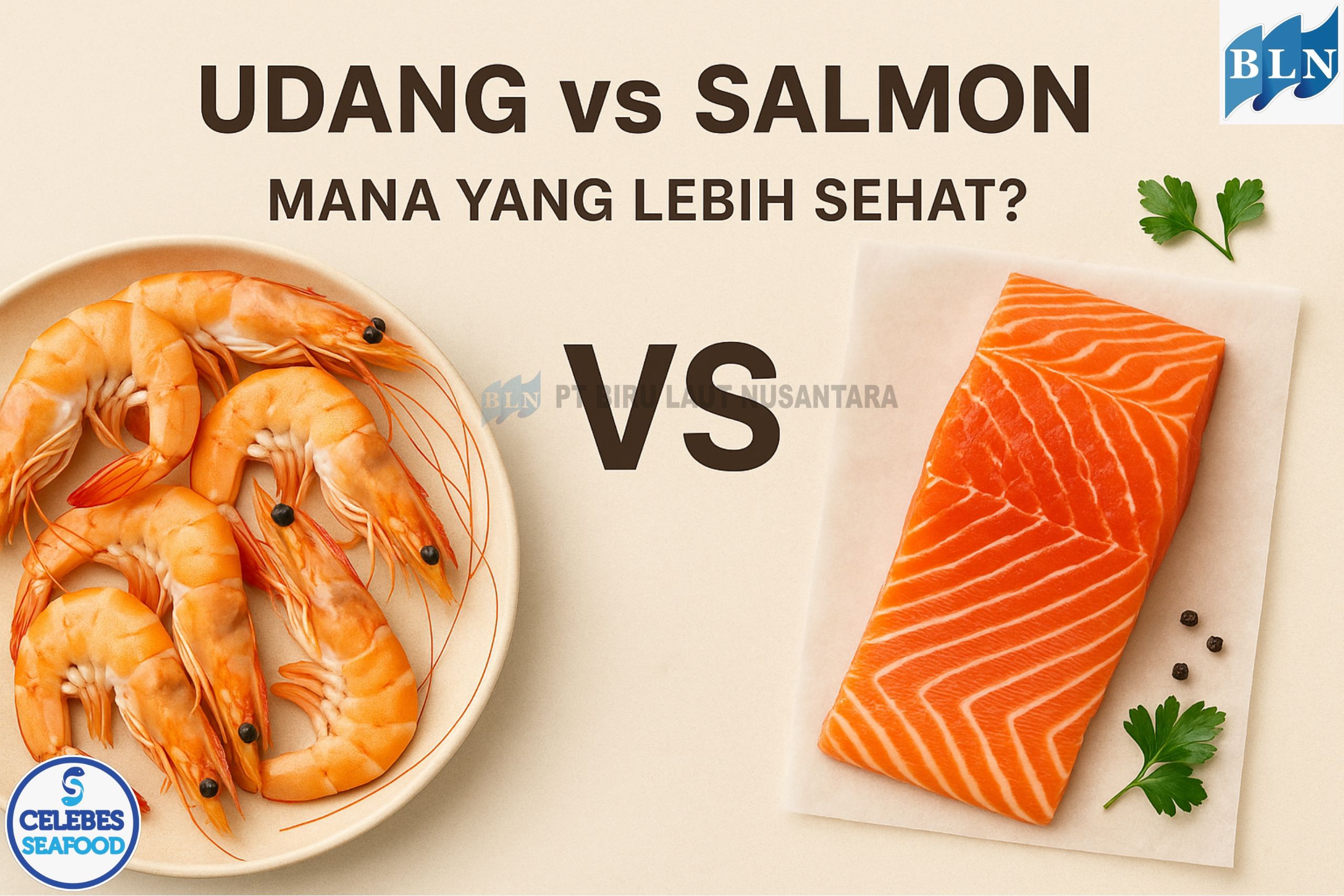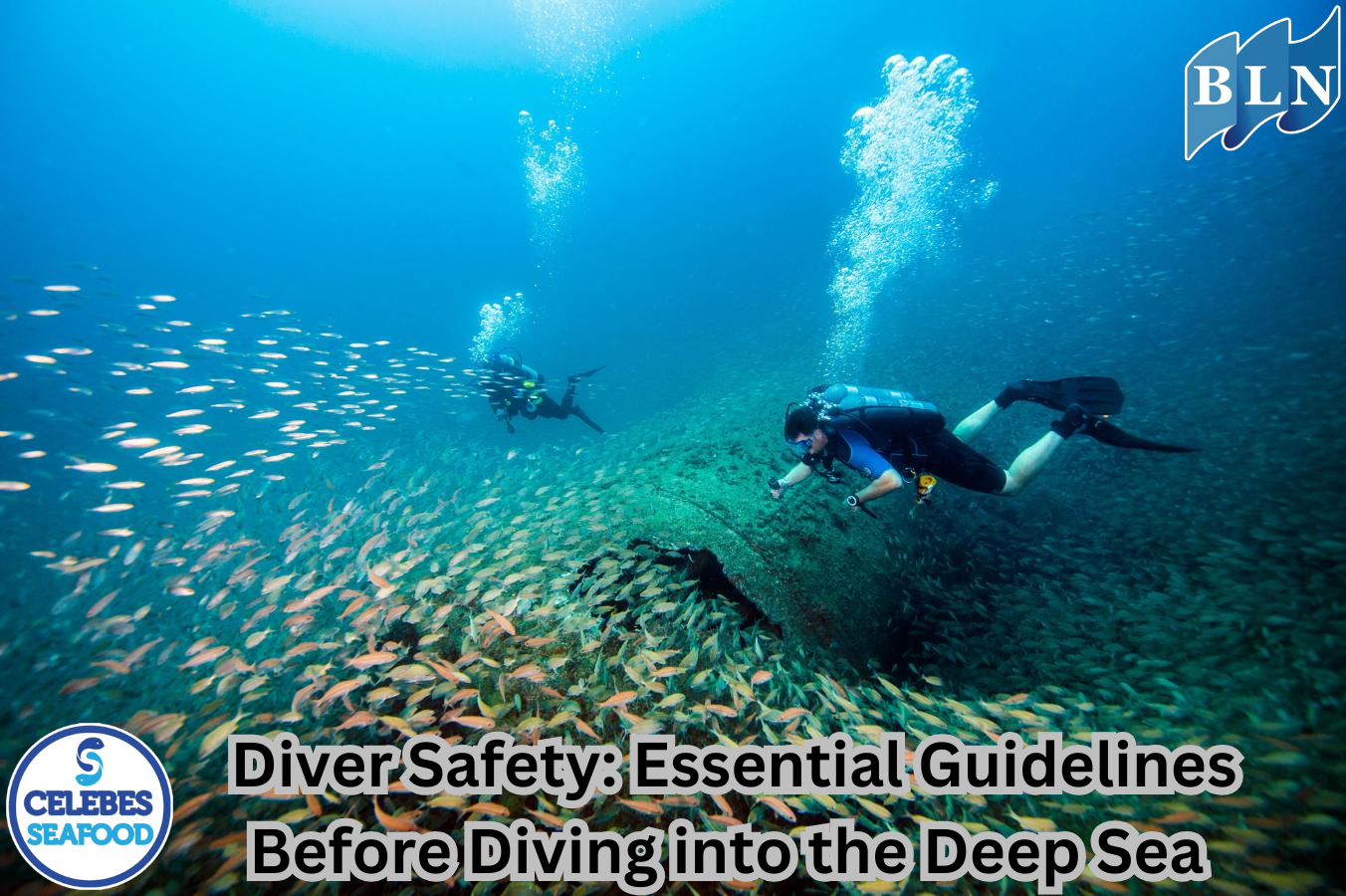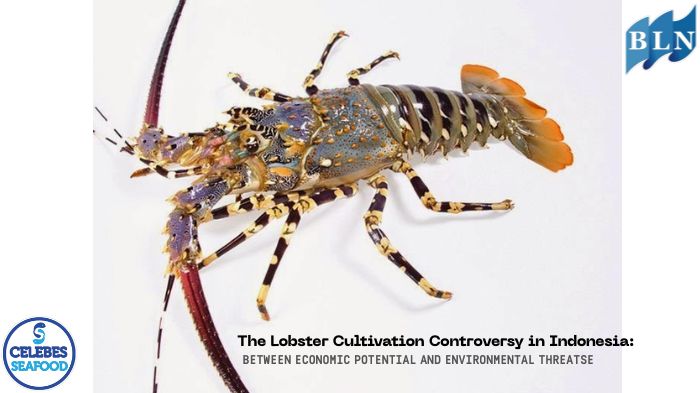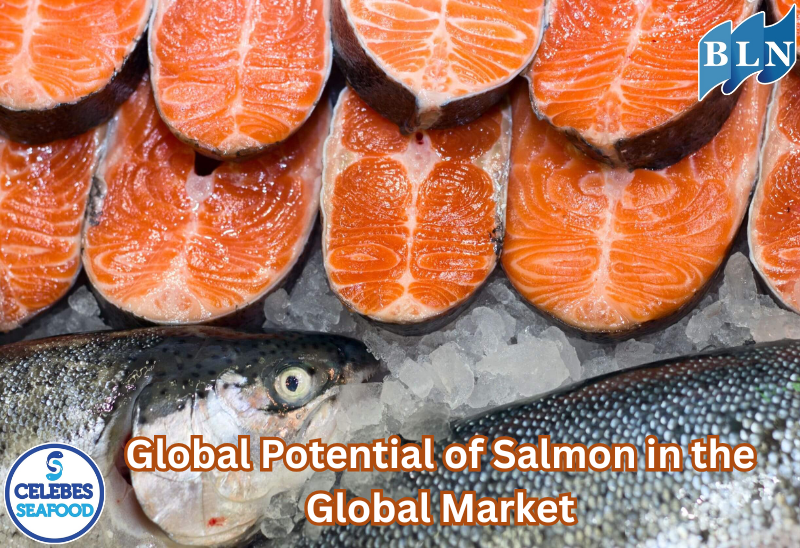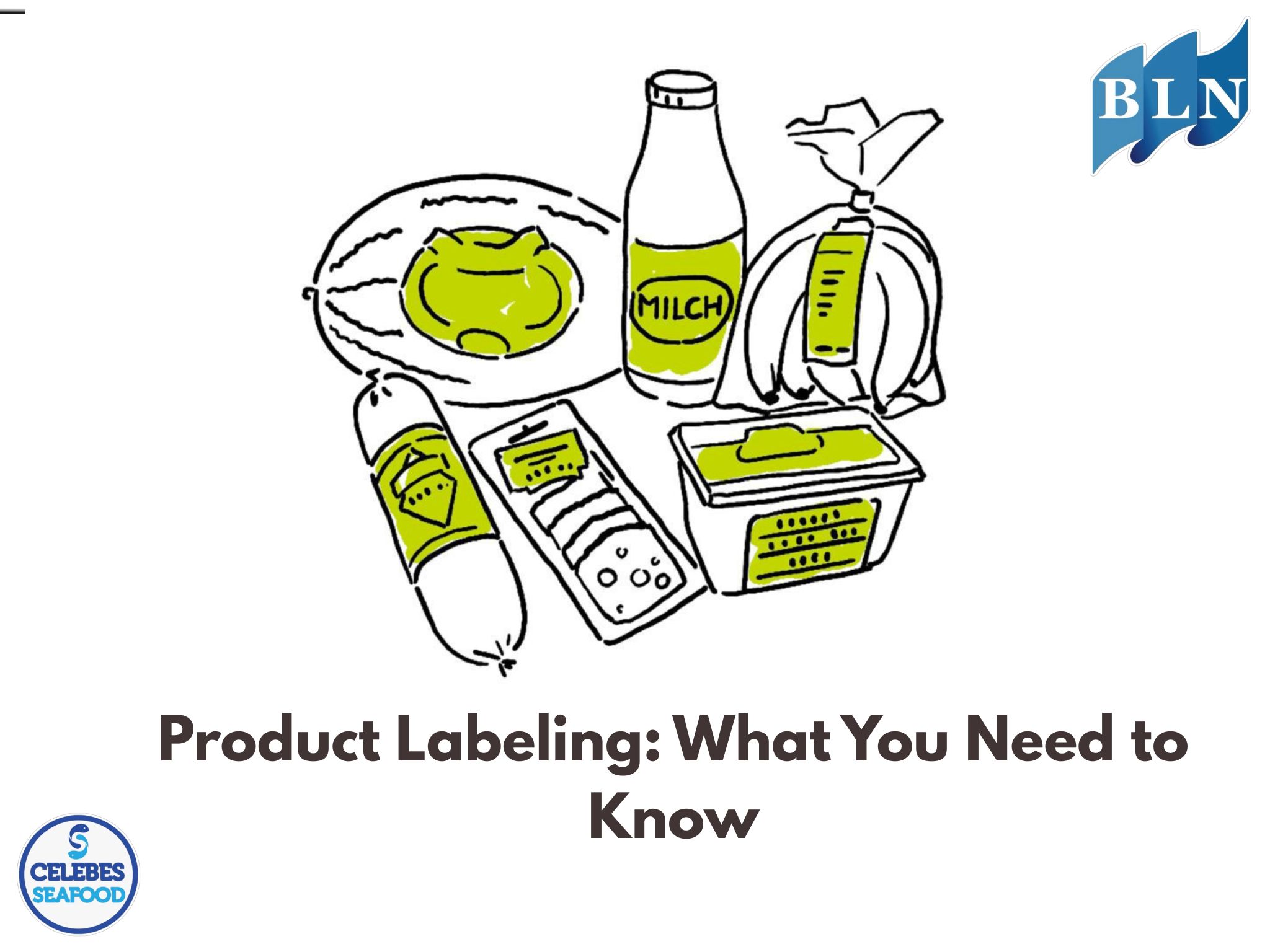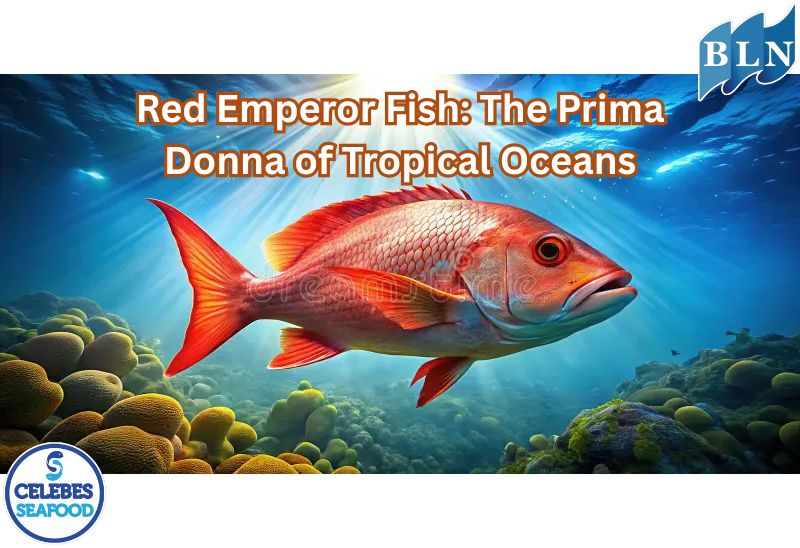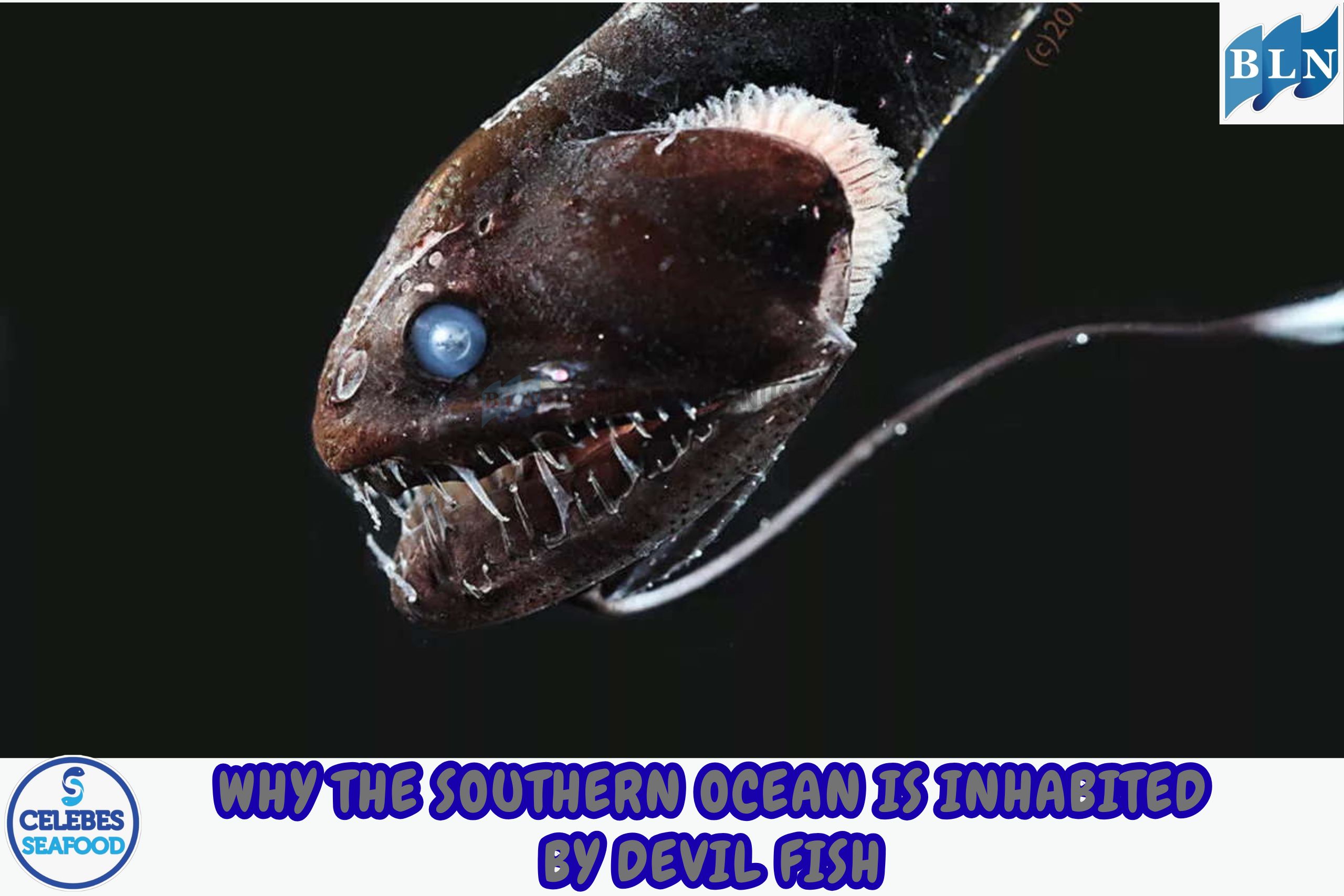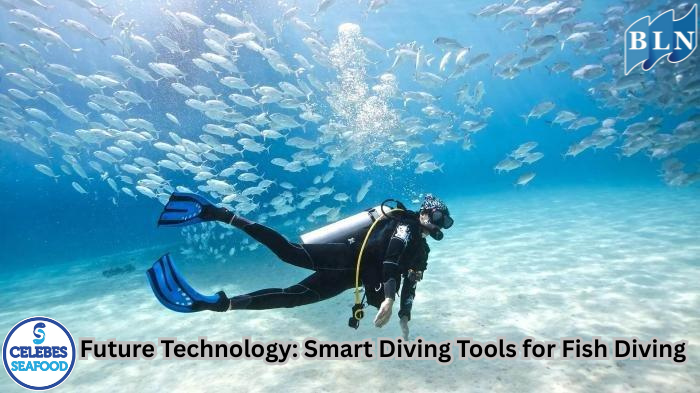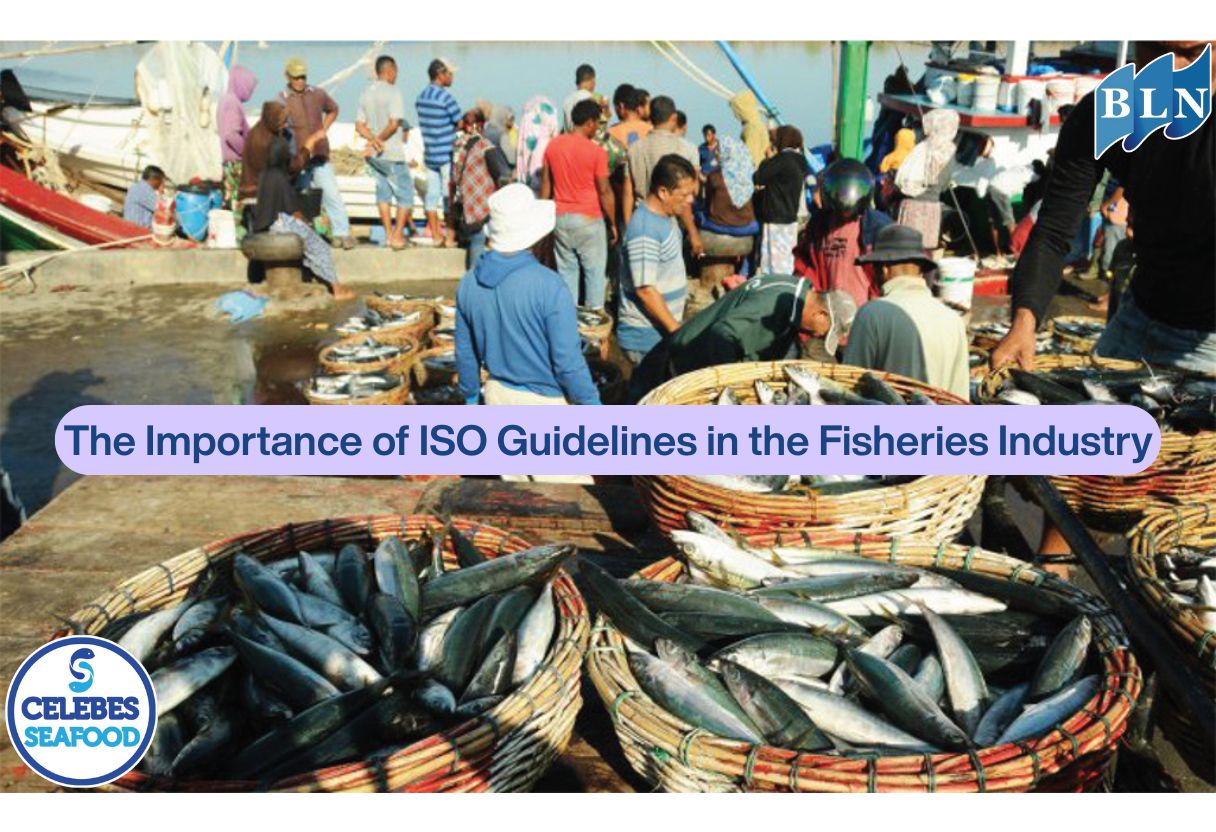Beyond Plastic: Why Cardboard Packaging is an Eco-Friendly Choice
By. Rani - 17 Jul 2025.jpg)
lautnuasantara.com Amidst increasing global awareness of the environmental crisis caused by plastic pollution, cardboard packaging has emerged as a far more environmentally friendly and sustainable alternative. The slogan "Beyond Plastic" reflects a paradigm shift towards more responsible packaging solutions, and cardboard is at the forefront of this movement.
Here are the main reasons why cardboard packaging is an eco-friendly choice:
1. Renewable Resource
- Sourced from Sustainably Managed Forests: Most cardboard packaging is made from wood fibers sourced from responsibly managed forests. This means that trees cut for cardboard production are replaced with new plantings, ensuring a sustainable supply of raw materials without permanently damaging forest ecosystems. Organizations like the Forest Stewardship Council (FSC) and the Programme for the Endorsement of Forest Certification (PEFC) guarantee that cardboard comes from responsible sources.
- Not from Fossil Fuels: Unlike plastic, which is predominantly derived from petroleum (a non-renewable fossil fuel contributing to greenhouse gas emissions during production), cardboard offers a significantly lower carbon footprint in terms of its initial resource.
Read Also : Kendari and Its Seaweed Potential: Exploring Blue Economy Opportunities
2. Easily and Efficiently Recyclable
- Well-Established Recycling Infrastructure: Cardboard packaging benefits from a very well-established recycling infrastructure in many countries. This makes it easy for consumers to sort and recycle cardboard after use, reducing the amount of waste that ends up in landfills.
- High Recycling Rates: Cardboard is one of the most widely recycled packaging materials. Its recycling process is relatively energy-efficient compared to producing plastic from virgin raw materials, and cardboard fibers can be recycled many times to produce new paper products.
3. Biodegradable and Compostable
- Decomposes Naturally: If cardboard packaging is not recycled and ends up in the environment (e.g., open landfills or even nature), it will decompose naturally in a relatively short period (a few months) without leaving harmful microplastics. This is vastly different from plastic, which can take hundreds or even thousands of years to break down and creates microplastic problems.
- Compostable: Many types of cardboard packaging, especially those that are uncoated or coated with biodegradable materials, can be composted. This means they can be transformed into nutrient-rich soil, contributing to a closed-loop life cycle.
4. Lower Carbon Footprint (Generally)
- Production Emissions: While cardboard production still requires energy, the overall greenhouse gas emissions from cardboard's life cycle (from sourcing, production, to disposal/recycling) are generally lower than plastic, especially if the fibers come from sustainably managed forests and the processes are efficient.
- Lightweight for Transport: Cardboard packaging is often lightweight, which can reduce fuel consumption and carbon emissions during the product transportation process.
5. Design Flexibility and Innovation
- Material Reduction: Designers can create innovative and minimalist cardboard packaging shapes, reducing the amount of material needed while still ensuring product protection.
- Plastic-Free Barrier Options: The industry continues to innovate to develop cardboard with natural or biodegradable barrier coatings as an alternative to plastic layers, making it 100% recyclable or compostable.
It's important to remember, however, that not all cardboard packaging is created equal. Cardboard packaging laminated with plastic or other difficult-to-separate materials may reduce its recyclability. Therefore, looking for certified cardboard (e.g., FSC) and packaging designed for recyclability or compostability is a best practice to ensure maximum environmental benefits.
Overall, cardboard packaging offers a strong and proven solution to reduce our reliance on plastic, support the circular economy, and move towards a greener future.
If you are interested in our Coral Trout Fillet Skin On, CORAL TROUT WGG WHOLE GILLED GUTTED, TOMATO COD WHOLE GILLED GUTTED please do not hesitate to contact us through email and/or whatsapp.
